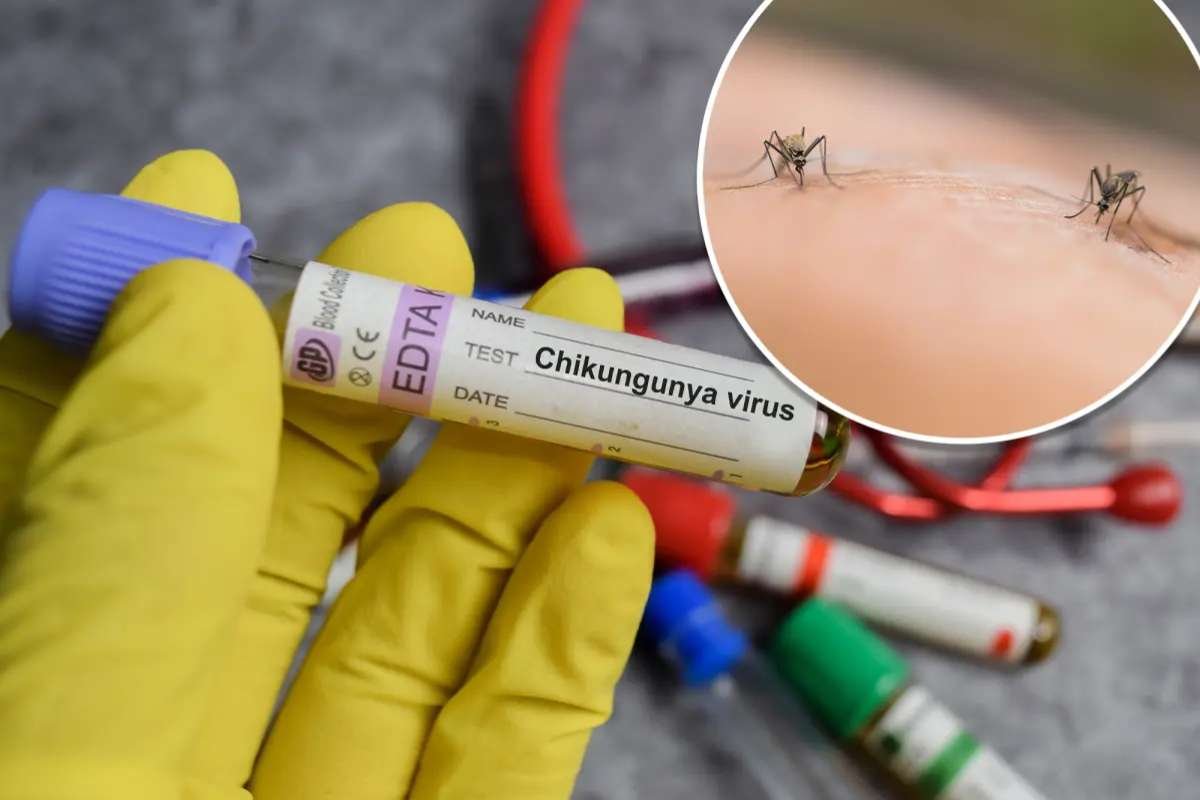Silent Invasion Begins in the Air
As one of the most contagious viruses in existence, measles virus poses a serious threat to unvaccinated children, turning everyday places like schools, buses, and stores into potential danger zones. Health experts warn that nine out of 10 unvaccinated individuals who come into contact with someone infected will catch the virus. And with U.S. vaccination rates declining, more than 580 cases and at least two deaths have already been reported this year — with many more expected.
Unlike viruses that require direct contact, measles virus can hang in the air for up to two hours after an infected person has left a room. A child can inhale virus-laden droplets lingering in the air or be exposed by touching her eyes, nose, or mouth. Within 24 hours of entering the body, the virus begins multiplying in the upper throat and lungs. Using specialized proteins, it binds to immune cells and hijacks them to create copies of itself. Over the next several days, the infection spreads to lymph tissues and, eventually, to multiple organs — all while the child remains symptom-free. In a vaccinated child, the immune system would typically shut down the virus at this early stage.
Symptoms Appear as Virus Gains Control
Roughly one to three weeks after initial exposure, the virus begins to cause illness. The child may start with fever, fatigue, and flu-like symptoms, often followed by irritated, red eyes and congestion. Some children develop whitish spots inside the cheeks, while others go unnoticed. Then, the signature red measles rash begins to appear — starting on the face and spreading down the body.
While many of the symptoms fade in about a week, complications can arise, especially if the fever continues past the fourth day of the rash. That’s often when children are hospitalized, experiencing labored breathing and low oxygen levels. At this point, the virus may have reached the lungs, causing pneumonia — a dangerous and sometimes deadly development.
“A lot of families are shocked at how quickly their child’s condition worsens,” said Dr. Summer Davies of Covenant Children’s Hospital in Lubbock, Texas. Children may suffer high fevers, dehydration, and respiratory distress, requiring oxygen support. Young children are particularly vulnerable due to their small anatomy and limited ability to express how they feel, added Dr. Lara Johnson, the hospital’s chief medical officer.
The Hidden Dangers: Immune Amnesia and Brain Inflammation
One of the most alarming aspects of measles is “immune amnesia” — a phenomenon where the virus wipes out immunity the child has built against other diseases. This leaves the child vulnerable to other infections for months or even years after recovery.
In rare but serious cases, measles leads to encephalitis, or inflammation of the brain. About one in 1,000 infected children experience this complication, which can cause permanent damage or death. For those with weakened immune systems, a condition known as measles virus inclusion body encephalitis (MIBE) can cause rapid neurological decline, coma, and death. Even more insidious is subacute sclerosing panencephalitis (SSPE), a fatal brain disorder that may appear years after infection. Symptoms include personality changes, motor problems, and eventually, death — with a mortality rate close to 95%.
Erica Finkelstein-Parker, a mother from Pennsylvania, lost her 8-year-old daughter, Emmalee, to SSPE years after unknowingly adopting her following a measles virus infection. “One night, she just couldn’t hold her head up,” Erica recalled. Emmalee passed away five months later.
These tragic outcomes serve as a stark reminder of measles’s power — and the critical importance of vaccination in preventing its deadly reach.







